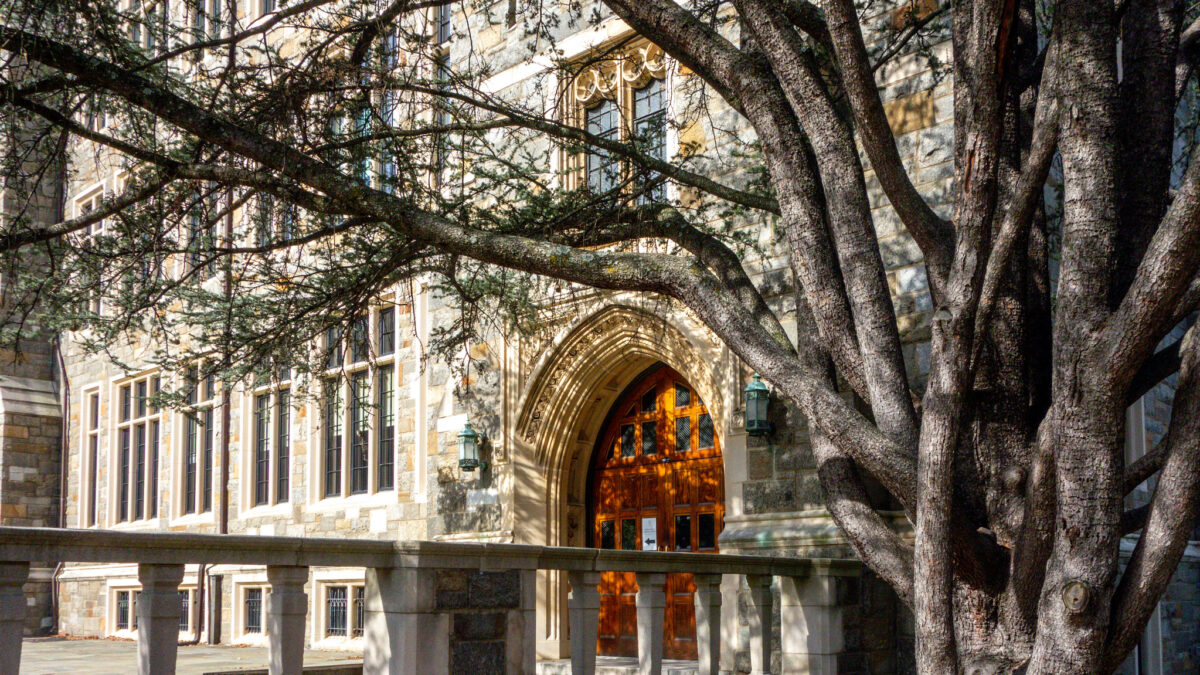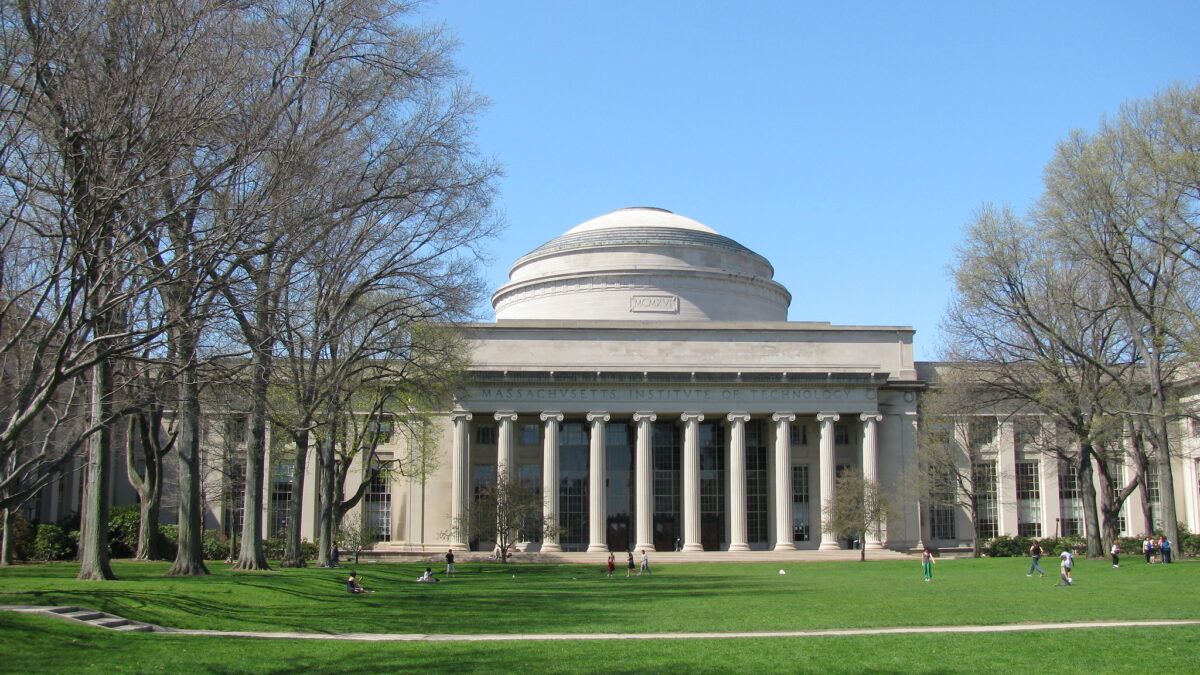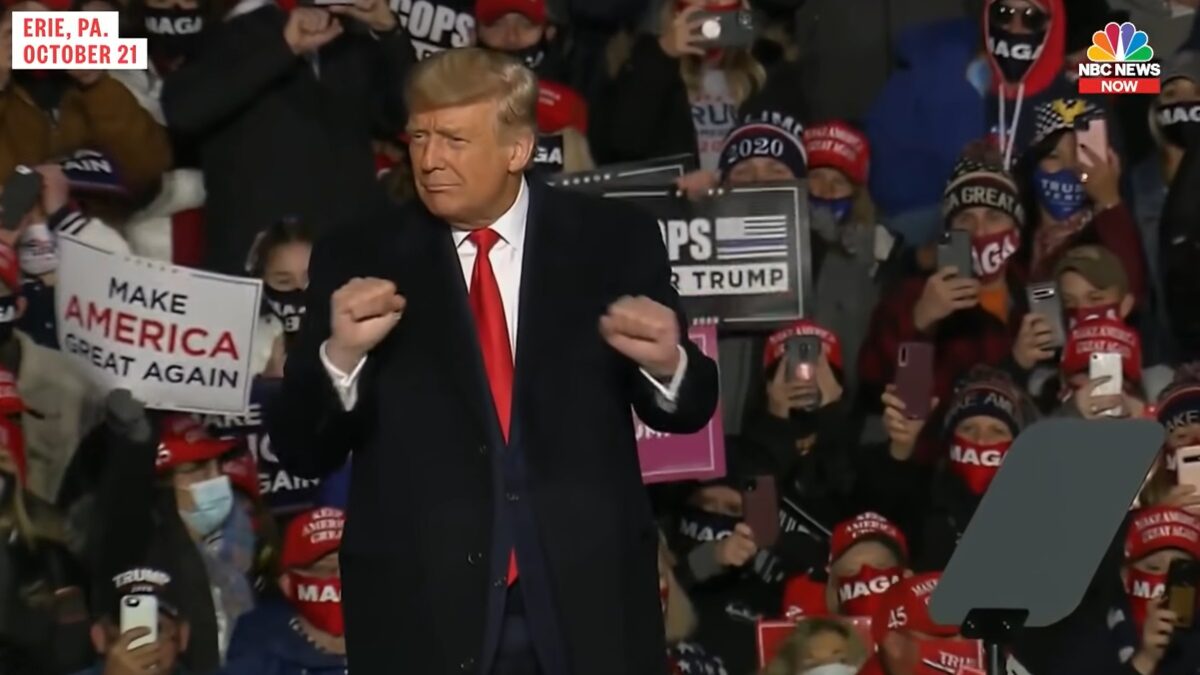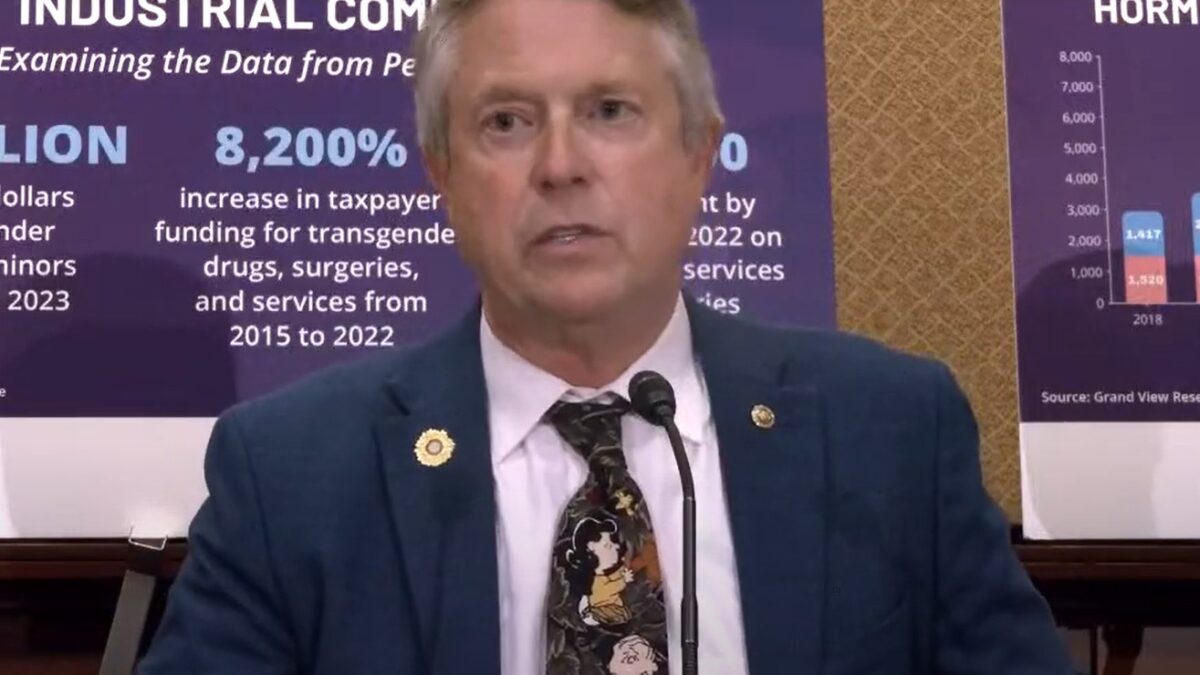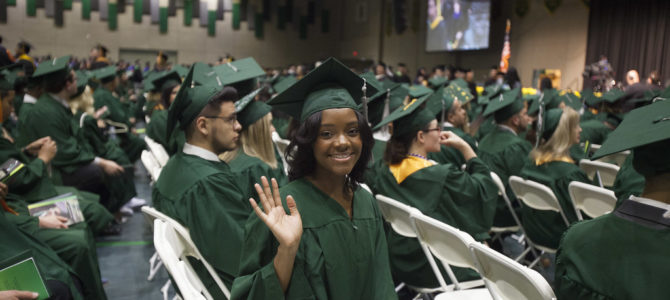
As an answer to the left’s impossible and irresponsible proposal of student loan bailouts, U.S. Education Secretary Betsy DeVos presented an idea worth considering on Tuesday: Federal Student Aid as a “standalone entity—wholly and entirely separate from the U.S. Department of Education.”
DeVos’ suggestion would set Federal Student Aid apart to operate more as the Federal Reserve does, less influenced by swings in Washington’s power dynamics. Important to the success of such an idea is DeVos’ pointed clarification that an independent Federal Student Aid not “look like another CFPB.”
Conservatives would still question whether a new Federal Student Aid entity is enough to meaningfully address the woes in higher education today, or whether it’s just a reshuffling of deck chairs on the Titanic. It’s a small step, to be sure, but still one in the right direction.
Rather than the current system where oscillating partisans seek to score political points or change tacks—thereby affecting millions of borrowers—Federal Student Aid leadership could adopt proven strategies to successfully manage student loans. The new system could serve borrowers more like customers who use private lenders. Most importantly, the continuity would give longer-term reforms a shot, such as addressing the rampant increases in the cost of education due to federal subsidization of higher education.
For years, the right has lamented the devaluation of education at the hands of biased educators. It’s a fair criticism given students at schools such as Swarthmore are paying $68,000 per year to be instructed in “Queering God: Feminist and Queer Theology.” The result of this biased and incomplete education is a rising generation receiving a bad bill of goods in exchange for precious time and money.
It’s not news that student loan debt affects many young Americans, even those years out of college. Some 41 million Americans have college debt, to the tune of more than $1.5 trillion in total. This debt, combined with some surveys finding 40 percent of young people are underemployed, shows an educational equation that doesn’t add up.
While the horror stories of women’s studies majors graduating with $250,000 in debt are outliers, the average student loan debt shouldered by graduates today still presents an obstacle for some young people entering adult life. The lack of good information combined with a shortfall of personal responsibility leads to a number of debtors who never finish their degrees as well as individuals who take on thousands in student loans only to realize their Ecofeminist Law degrees are unmarketable in the real world.
Helping students understand the future debt they’re incurring, the way interest is applied, and the dignity of work should not be up to a federal agency—but sadly we’re at a point where this is already out of individuals’ hands and in the hands of bureaucrats. The amount of borrowers and outstanding loans, DeVos pointed out, makes the federal government the largest consumer lender in the country. This is not how the system was set up back in 1965, and it seems impractical for a portfolio of that magnitude to be overseen by one person, the secretary of Education.
What’s more, student debt often becomes used as a political football by Congress and the president to force or delay other government functions. Both sides have used student debt to signal to their constituencies, and the result is uncertainty for students and a bloated system that seems untamable following decades of political football with student debt.
If this landscape isn’t troubling enough or seem deserving of reform, consider the additional data that shows more than 10 million Americans are delinquent or have defaulted on their student loans while nearly half of loans (43%) are “in distress.” It’s clear the federal government’s management of student loans has only made the problem worse.
The left’s answer to the piles of student debt is to simply have taxpayers pay it off, but of course it’s not so simple. Someone will bear the cost of the loans, and in the case of a bailout, taxpayers would foot the bill.
And while the left can claim to be the champions of fairness until they’re blue in the face, student loan forgiveness would not be fair. Why should Americans who didn’t overspend on college be placed on the hook for those who did? Federal bloat is how this situation became such as mess in the first place, and more government “assistance” is not going to solve the problem.
As a somewhat recent college graduate who is still responsible for about $24,000 worth of federal student loans, the problems seem abundantly apparent. Completing my federal aid paperwork now seems comparatively simple and straightforward, merely a harbinger of what awaited me at graduation.
I, perhaps naively, figured I’d start getting a bill each month from Uncle Sam to be paid much in the same way I pay rent for my apartment. But no. At the time graduates are trying to establish themselves in their career fields, they’re also forced to navigate the convoluted world of loan repayment. One of more than ten loan servicers must be selected, then one of eight repayment plans based on varying qualification criteria as easy to understand as a “terms of service” pop-up on Facebook.
If repayment is impossible or impractical immediately, there are some four-dozen other options for deferring repayment or getting loans paid off by taxpayers. Even more than three years out of college and into repayment, I’m not entirely confident I navigated the process in the best way possible. All I know is I’m making payments and my balance is decreasing, slowly but surely.
Like most things, more transparency is better and information is power, especially in the hands of the rising generation. If America’s Federal Student Aid were more straightforward and operated more like an ordinary bank, America’s students would have one less thing to worry about in their pursuit of higher education.
If Congress takes this situation seriously rather than merely using the staggering amount of student debt as a talking point, an independent Federal Student Aid could help the next generation of leaders pursue their American dreams with a bit less bureaucracy.



